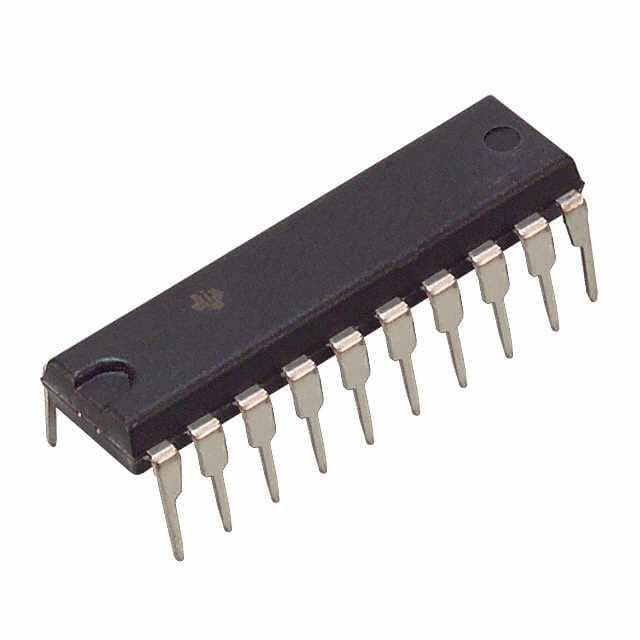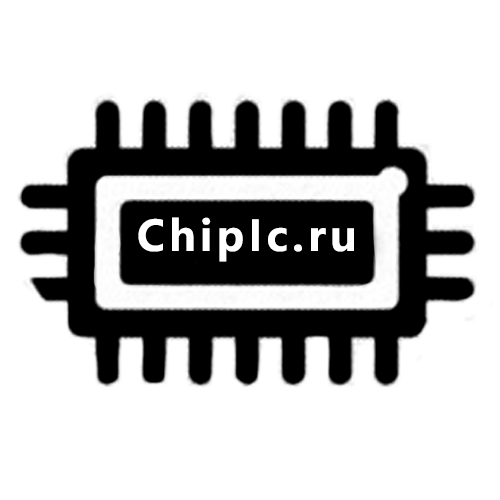SN74S374N Texas Instruments IC FF D-TYPE SNGL 8BIT 20DIP
Integraallülitused (IC-d)
Tootja number:
SN74S374N
Tootja:
Tootekategooria:
Kirjeldus:
IC FF D-TYPE SNGL 8BIT 20DIP
RoHs olek:
Andmetabelid:
Elementide arv :
1
Funktsioon :
Standard
Kella sagedus :
100MHz
Maksimaalne levimisviivitus @ V, Max CL :
17ns @ 5V, 15pF
Osa olek :
Active
Päästiku tüüp :
Positive Edge
Paigaldustüüp :
Through Hole
Pakend/ümbris :
20-DIP (0.300", 7.62mm)
Pakendamine :
Tube
Pinge – toide :
4.75 V ~ 5.25 V
Praegune – vaikne (Iq) :
110mA
seeria :
74S
Sisendvõimsus :
-
Töötemperatuur :
0°C ~ 70°C (TA)
Tüüp :
D-Type
Väljundi tüüp :
Tri-State, Non-Inverted
Vool – väljund kõrge, madal :
6.5mA, -
Bittide arv elemendi kohta :
8
Laos
15,279
Ühiku hind:
Võtke meiega ühendust Pakkumine
SN74S374N Konkurentsivõimelised hinnad
ChipIcil on ainulaadne tarneallikas. Pakume oma klientidele SN74S374N konkurentsivõimelise hinnaga. Saate nautida meie parimat teenust, ostes ChipIc SN74S374N. Parima hinna saamiseks saidil SN74S374N võtke meiega ühendust.
Hinnapakkumise saamiseks klõpsake
SN74S374N Iseärasused
SN74S374N is produced by Texas Instruments, belongs to Loogika – Flip Flops.
SN74S374N Toote üksikasjad
:
SN74S374N – Loogika – Flip Flops disainitud puhvervõimendid ja toodetud Texas Instruments.
SN74S374N, mida pakub Texas Instruments, saab osta CHIPMLCC-st.
Siit leiate erinevaid juhtivate tootjate elektroonilisi osi rahu.
CHIPMLCC SN74S374N on range kvaliteedikontrolliga ja nõuetele vastav kõike nõuetele.
CHIPMLCC-s näidatud fondi staatus on ainult viitamiseks.
Kui te ei leia otsitavat osa, võtke meiega ühendust lisateavet, näiteks varude arvu andmetabelis SN74S374N (PDF), hind SN74S374N, Pinout SN74S374N, manuaal SN74S374N Ja SN74S374N asenduslahendus.
SN74S374N, mida pakub Texas Instruments, saab osta CHIPMLCC-st.
Siit leiate erinevaid juhtivate tootjate elektroonilisi osi rahu.
CHIPMLCC SN74S374N on range kvaliteedikontrolliga ja nõuetele vastav kõike nõuetele.
CHIPMLCC-s näidatud fondi staatus on ainult viitamiseks.
Kui te ei leia otsitavat osa, võtke meiega ühendust lisateavet, näiteks varude arvu andmetabelis SN74S374N (PDF), hind SN74S374N, Pinout SN74S374N, manuaal SN74S374N Ja SN74S374N asenduslahendus.
SN74S374N FAQ
:
1. What is the function of the SN74S374N latch?
The SN74S374N is a D-type transparent latch with 3-state outputs. It is designed to store and transfer data in electronic systems.
2. What is the maximum operating frequency of the SN74S374N latch?
The maximum operating frequency of the SN74S374N latch is typically around 50 MHz.
3. What is the input voltage range for the SN74S374N latch?
The input voltage range for the SN74S374N latch is typically between 0V and 5.5V.
4. Can the SN74S374N latch be used in both parallel and serial data transfer applications?
Yes, the SN74S374N latch can be used in both parallel and serial data transfer applications, providing flexibility in various system designs.
5. What is the power consumption of the SN74S374N latch?
The power consumption of the SN74S374N latch is typically low, making it suitable for power-sensitive applications.
6. Is the SN74S374N latch compatible with standard TTL logic levels?
Yes, the SN74S374N latch is compatible with standard TTL logic levels, ensuring ease of integration into existing systems.
7. What are the typical applications for the SN74S374N latch?
Typical applications for the SN74S374N latch include address latching, storage registers, and temporary data storage in microprocessor systems.
8. Does the SN74S374N latch have built-in protection features?
The SN74S374N latch includes built-in diode clamps for transient protection, enhancing its robustness in real-world operating conditions.
9. What is the temperature range for the SN74S374N latch?
The SN74S374N latch is designed to operate within a wide temperature range, typically from -40°C to 85°C, making it suitable for diverse environments.
10. Can the SN74S374N latch be cascaded for expanded functionality?
Yes, multiple SN74S374N latches can be cascaded to create larger storage registers or to achieve more complex sequential logic functions.
The SN74S374N is a D-type transparent latch with 3-state outputs. It is designed to store and transfer data in electronic systems.
2. What is the maximum operating frequency of the SN74S374N latch?
The maximum operating frequency of the SN74S374N latch is typically around 50 MHz.
3. What is the input voltage range for the SN74S374N latch?
The input voltage range for the SN74S374N latch is typically between 0V and 5.5V.
4. Can the SN74S374N latch be used in both parallel and serial data transfer applications?
Yes, the SN74S374N latch can be used in both parallel and serial data transfer applications, providing flexibility in various system designs.
5. What is the power consumption of the SN74S374N latch?
The power consumption of the SN74S374N latch is typically low, making it suitable for power-sensitive applications.
6. Is the SN74S374N latch compatible with standard TTL logic levels?
Yes, the SN74S374N latch is compatible with standard TTL logic levels, ensuring ease of integration into existing systems.
7. What are the typical applications for the SN74S374N latch?
Typical applications for the SN74S374N latch include address latching, storage registers, and temporary data storage in microprocessor systems.
8. Does the SN74S374N latch have built-in protection features?
The SN74S374N latch includes built-in diode clamps for transient protection, enhancing its robustness in real-world operating conditions.
9. What is the temperature range for the SN74S374N latch?
The SN74S374N latch is designed to operate within a wide temperature range, typically from -40°C to 85°C, making it suitable for diverse environments.
10. Can the SN74S374N latch be cascaded for expanded functionality?
Yes, multiple SN74S374N latches can be cascaded to create larger storage registers or to achieve more complex sequential logic functions.
SN74S374N Seotud märksõnad
:
SN74S374N Hind
SN74S374N Maalimine
SN74S374N Tihvtide pinge
Pakkumised: Kiire hinnapakkumise kontroll
Minimaalne tellimus: 1
Sisaldab "SN74" seeria tooteid


